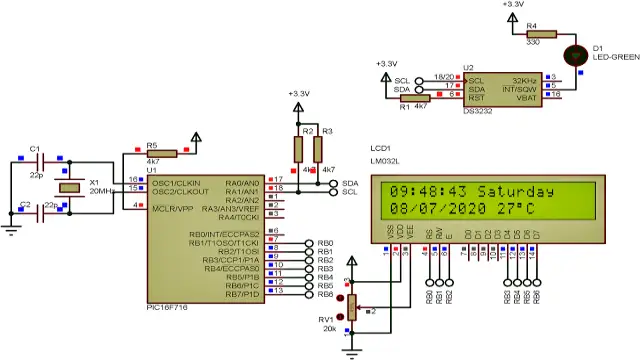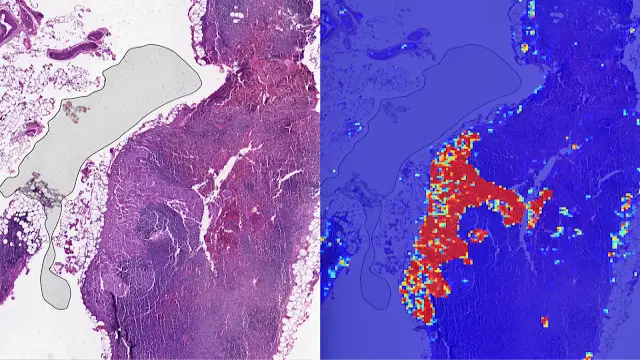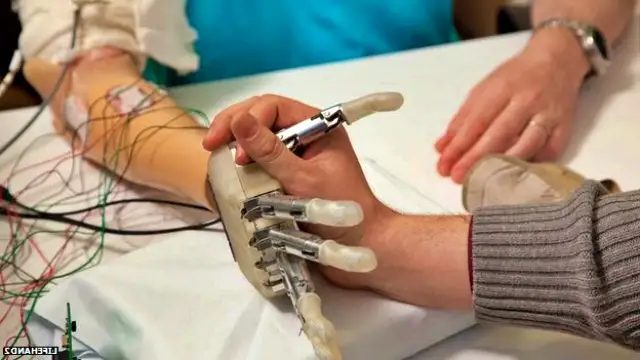In 1961, a significant milestone occurred in the world of computer simulation. The first General Purpose Simulation System (GPSS) manual was published. This groundbreaking document laid the foundation for simulation modeling, a technique that has since transformed various industries. Let’s explore the history, significance, and applications of GPSS.
Key Points
What is GPSS?
GPSS stands for General Purpose Simulation System. It is a simulation language designed to model complex systems. Originally developed by Gordon G. McGowan at the University of California, Berkeley, GPSS allows users to create models of real-world processes. This includes everything from manufacturing systems to traffic flow.
The Birth of GPSS
The first GPSS manual was published in 1961. It provided a comprehensive guide for users to understand and utilize the simulation language effectively. The manual included detailed instructions, examples, and explanations of the language’s syntax. This made it easier for engineers and researchers to adopt simulation techniques in their work.
Why is the 1961 Manual Important?
The 1961 GPSS manual was crucial for several reasons:
- Standardization: It established a standard approach to simulation modeling. Before GPSS, simulation was often done using various ad-hoc methods. The manual provided a consistent framework that users could rely on.
- Accessibility: By offering clear instructions and examples, the manual made simulation more accessible to a broader audience. This encouraged more professionals to explore simulation as a tool for analysis and decision-making.
- Foundation for Future Development: The publication of the GPSS manual paved the way for future advancements in simulation software. It inspired the development of other simulation languages and tools, expanding the field of operations research.
Applications of GPSS
GPSS has been widely used across various industries. Here are some notable applications:
- Manufacturing: GPSS helps model production lines, allowing companies to optimize their processes and reduce waste.
- Healthcare: Hospitals use GPSS to simulate patient flow, helping them improve service delivery and reduce wait times.
- Transportation: GPSS is used to model traffic systems, aiding in the design of better road networks and public transport systems.
- Telecommunications: Companies use GPSS to analyze network performance and optimize resource allocation.
How Does GPSS Work?
GPSS operates on a set of basic concepts. Here are some key elements:
- Entities: These are the objects being modeled, such as customers, products, or vehicles.
- Attributes: Each entity can have attributes that define its characteristics, like arrival time or service time.
- Events: Events are occurrences that change the state of the system, such as a customer arriving or a machine breaking down.
- Resources: These are the assets required to process entities, like staff or machinery.
By combining these elements, users can create a simulation model that reflects the real-world system they are studying.
The Evolution of GPSS
Since its inception, GPSS has evolved significantly. New versions and enhancements have been introduced, making it more powerful and user-friendly. Some notable developments include:
- GPSS/H: An enhanced version that supports hierarchical modeling, allowing for more complex simulations.
- GPSS World: A modern graphical version that provides a user-friendly interface for building and running simulations.
These advancements have kept GPSS relevant in an ever-changing technological landscape.
Frequently Asked Questions (FAQs)
GPSS stands for General Purpose Simulation System.
GPSS was developed by Gordon G. McGowan at the University of California, Berkeley.
The first GPSS manual was published in 1961.
GPSS is used in manufacturing, healthcare, transportation, and telecommunications, among others.
GPSS allows users to model complex systems, analyze different scenarios, and make informed decisions based on simulation results.
Conclusion
The publication of the first GPSS manual in 1961 marked a turning point in simulation modeling. It provided a standardized approach that made simulation accessible to many professionals. Today, GPSS continues to be a vital tool in various industries, helping organizations optimize their processes and make better decisions. As technology advances, GPSS will likely evolve further, continuing to shape the future of simulation.
By understanding the history and applications of GPSS, we can appreciate its impact on modern industries and the importance of simulation in today’s data-driven world.





















